How Nude Art NFTs Combat Censorship and Destigmatize Women’s Bodies
Few art subjects are more ancient, enduring, and controversial than the nude female form. From early prehistoric figurines like the Venus of Willendorf to Praxiteles’ Knidian Aphrodite statue, Botticelli’s Birth of Venus, and Manet’s Olympia, art depicting nude women has not only served as a vector of creative expression but as a mirror of society’s attitudes toward women for thousands of years. Tellingly, the reflections in that mirror have not always been pleasant and often reveal long-standing biases with which societies worldwide are still grappling.
The Italian Early Renaissance artist Masaccio’s Expulsion from the Garden of Eden is a prime example of this. The painting imagines the Biblical tale of Adam and Eve’s shame-themed exit from Eden, showing the couple in a state of despair as an angel guides them from the gates of paradise. Adam’s face is buried in his hands, his genitals exposed, while Eve covers her body with both arms.

“The focus on Eve rather than on Adam as the locus of sexuality was reinforced by the persistent view that women were inherently more concupiscent than men,” observed James Clifton, curator of the Museum of Fine Arts in Houston, Texas in a 1999 essay for Art History. “Masaccio’s image similarly maintains the association of shame and nakedness (and, by extension, sexuality) in the figure of Eve only […] In Eve’s gestures covering her breasts and genitalia, Masaccio identifies her sexuality as the site of her sin and shame.”
Nude Neighborhood and the Web3 nude art scene
The Web3 space has seen a monumental rise in interest and activity in nude art that began to burgeon in earnest in the spring of 2022. Artists like Nude Yoga Girl, Ayla El-Moussa, Megan Batson, and Anita Sadowska, who had previously established themselves as creative forces on YouTube and Instagram (despite those platforms making it difficult to advertise their work), have spearheaded that growth. By finding a better way to promote and sell their work on NFT marketplaces and connecting with a vibrant community of artists and collectors on Clubhouse and Twitter, these artists are using Web3 tools to help destigmatize women’s bodies, creating a safer, more accepting, and understanding world for women in the process.
At no time was the enthusiasm for the Web3 nude art community more apparent than in July when community figureheads Nude Yoga Girl and Ayla El-Moussa launched Nude Neighborhood. Nude Neighborhood is a virtual building and curated gallery space that houses various nude artists’ NFT work. The building sits within OM, a massive metaverse city that decentralization icon Punk6529 launched in April in collaboration with metaverse builder Oncyber. Visitors can also check out Nude Neighborhood Curated, a gallery dedicated to featuring unsold NFT work by the Web3 nude art community.
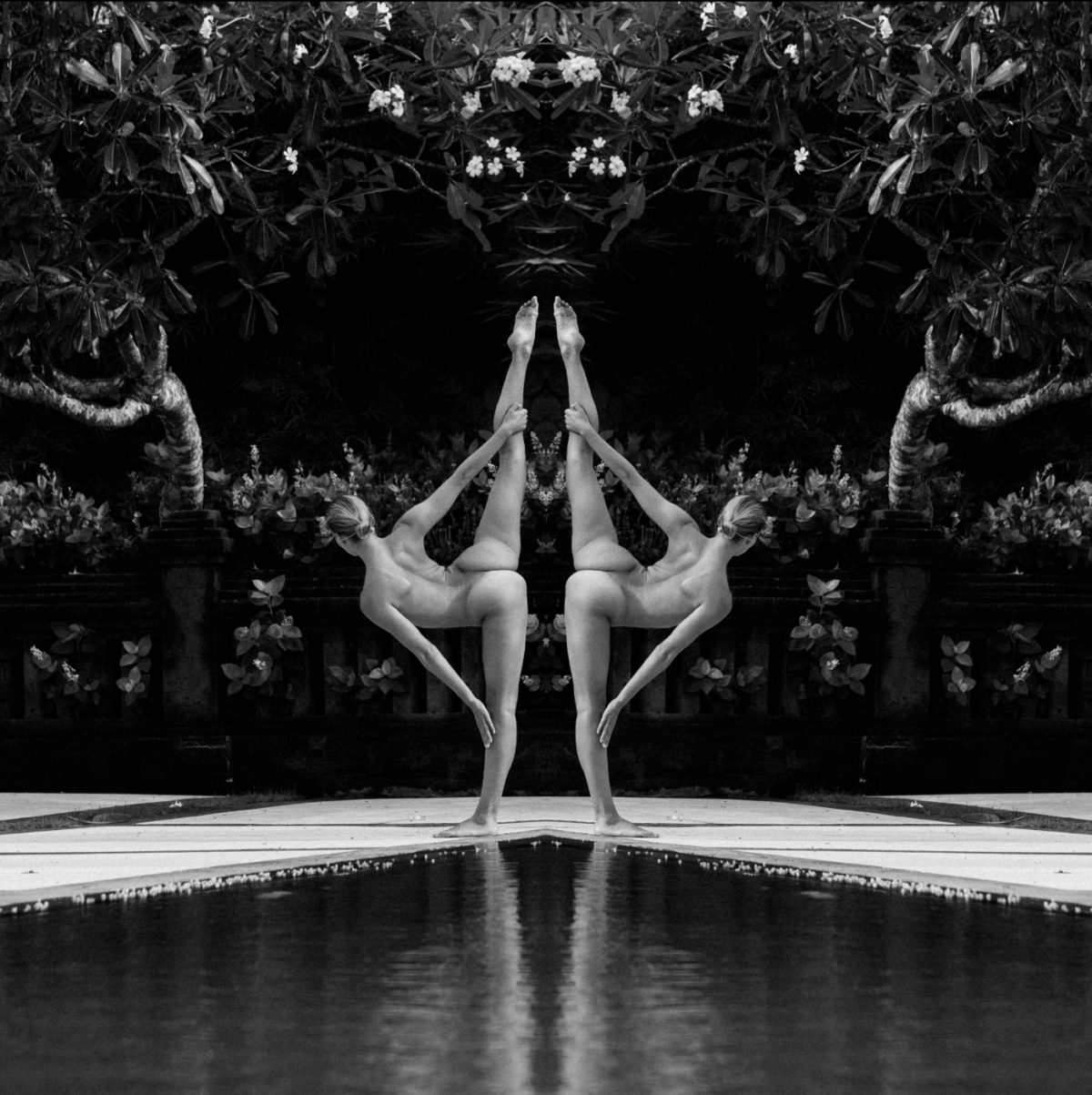
“In Nude Neighbourhood and the nude art community in general, [the artists] have become very close,” Nude Yoga Girl said of the community in a written exchange with nft now. “Even though we didn’t know each other so well at first, we knew we all shared the same kind of experiences online. It’s a very challenging environment for nude artists with all the censorship rules on the biggest social media platforms. Bringing everyone together in a space without the problems we face on social media felt great. [It’s a] place where nude art is appreciated and bodies are not deemed offensive.”
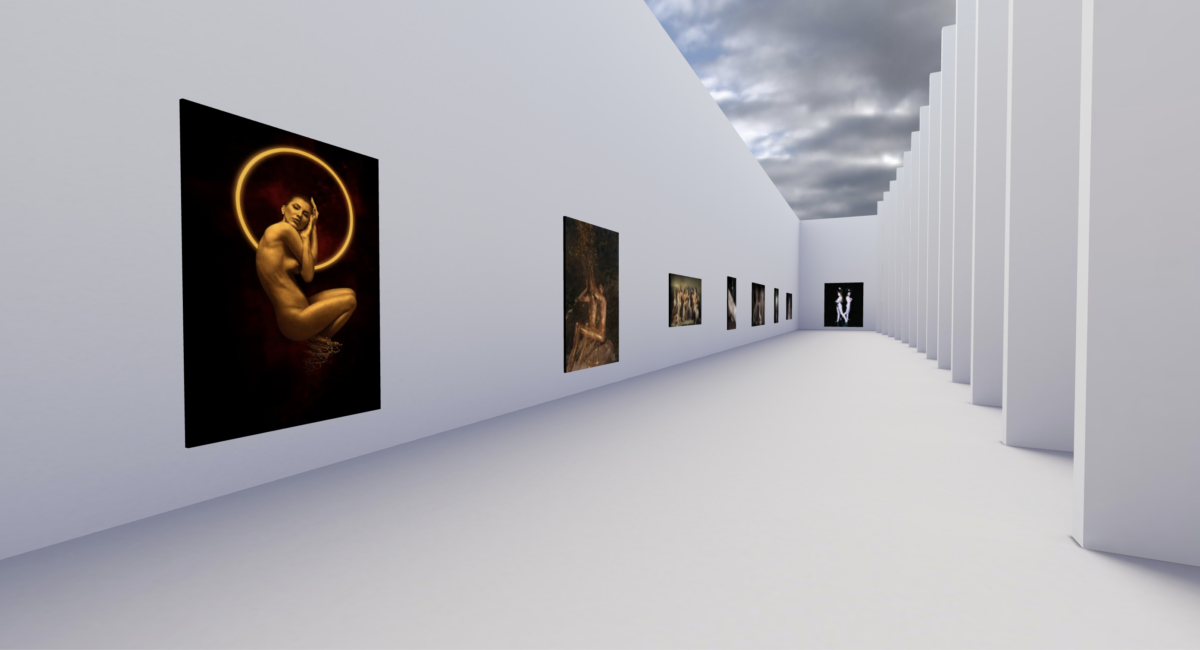
How Web2 censorship holds back nude artistry
Web2 platforms have a contentious relationship with nudity. In an understandable effort to protect minors from seeing things they probably shouldn’t, platforms like Instagram and even the more Web3-friendly Twitter, which allows users to post nude content in tweets but not in their profile banners, come down hard on artists who create nude works. They do this by either shadowbanning them (making their posts invisible without their knowledge, seriously cutting growth) or outright taking down their posts, or suspending and banning their accounts.
The problem is so prevalent that the Web3 nude art community finds the conversation surrounding Web2 censorship something of a banality at this point, recognizing that it’s simply the nature of the beast while attempting to fight it every step of the way.
“Nude artists are the ones who have suffered the most in Web2. I really hope Web3 will change that, and I’m ready to fight for those changes.”
Nude Yoga girl
“[Censorship] is definitely a big challenge, especially now because I shoot mostly nude,” said photographer Anita Sadowska of the issue while speaking with nft now. “In reality, [my work] doesn’t see the light of day other than on Twitter, because if I post them on Instagram, they’re just going to remove it or have me shadowbanned.”
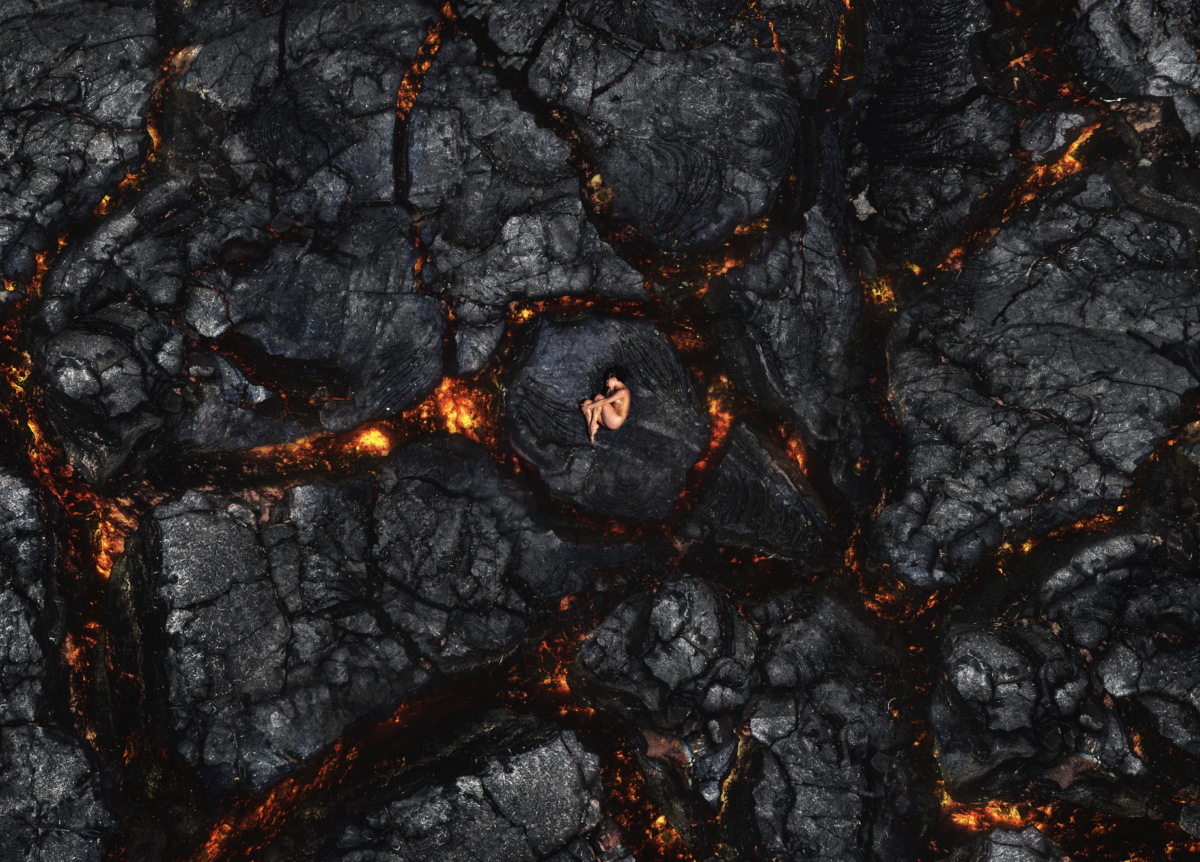
The freedom and prosperity Web3 has offered artists working with nude subjects can be a double-edged sword. The more success these artists find through their nude NFT work, the more they’re likely to promote that work on the platforms available to them. But as they do so, those platforms increasingly penalize them. The frustrations that follow are potent.
“I’m very aware of what [Web2] platforms will censor. I have to think twice. Should I post that? Is this going to get flagged? It’s not free-flowing creativity or display.”
ayla el-moussa
“I built a following on Instagram over the last few years and put a lot of work into that,” explained photographer Megan Batson in an interview with nft now. “And I feel like my follower count is declining because I’m posting more nude work. They’re shadowbanning things, so the engagement is going down.”
Megan and artists like her have learned to operate within those boundaries. The potential upshot to this situation is that, while censorship is often discouraging, it can also set up constraints that artists have to engage with creatively, making them reflect on the ideas that go into their work.
“I’m very aware of what [Web2] platforms will censor,” visual artist Ayla El-Moussa said of the problem while speaking to nft now. “What is interesting with censorship on social media is the constraints have actually allowed me to explore greater ideas because I had to work within that ‘Let’s make sure this doesn’t get censored’ framework. But I know the struggle is real because I have to think twice. Should I post that? Is this going to get flagged? It’s not free-flowing creativity or display.”
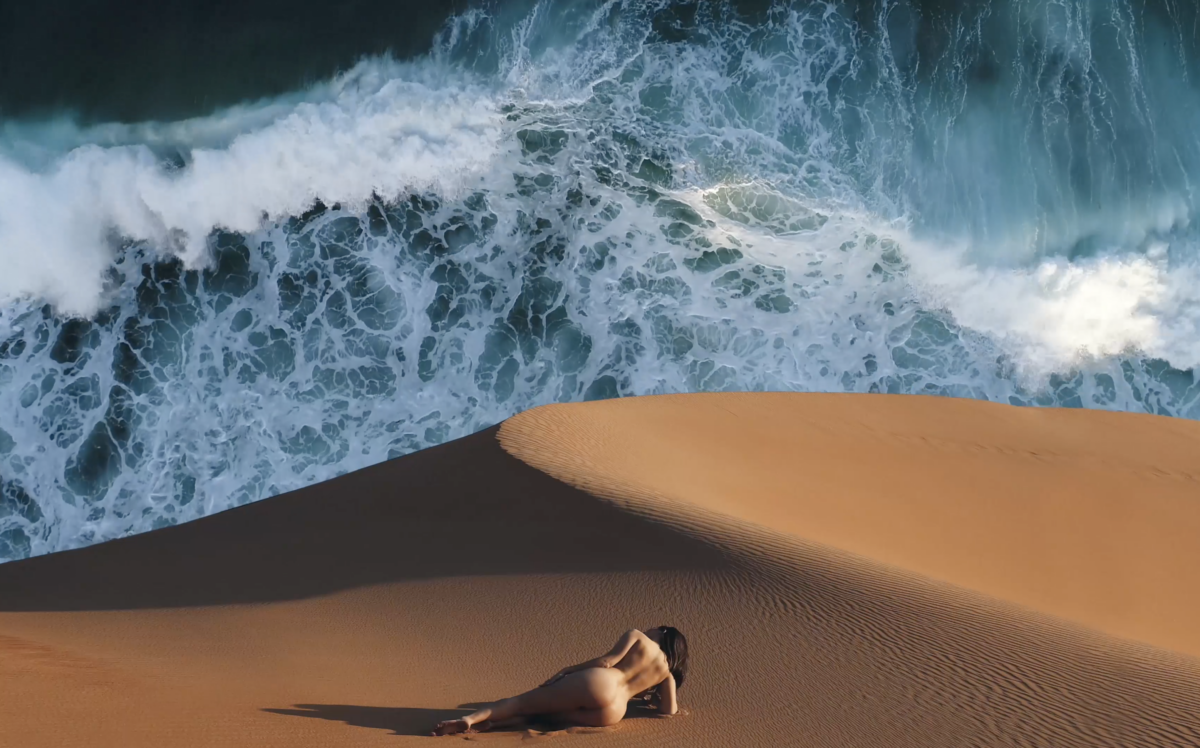
Despite this less-than-ideal situation, Nude Yoga Girl remains optimistic about the possibility of Web3 upending this censorship dynamic and is determined to strive for it.
“Nude artists are the ones who have suffered the most in Web2,” Nude Yoga Girl emphasized. “There is nothing more frustrating than the feeling of not being allowed to express yourself freely after a lot of hard work to create something. I really hope Web3 will change that, and I’m ready to fight for those changes. But it will take time.”
Creating and interpreting nude art
Nude art depicting women’s bodies can have an amorphous and elusive relationship with sexuality. On one hand, the work that artists like Nude Yoga Girl, Ayla El-Moussa, Anita Sadowska, and Megan Batson create is arguably inherently sexual, given the nature of its primary subject. On the other, society has a truly ruinous habit of reducing women to strictly sexual beings whose value is directly linked to how well they conform to a reductive and commodified caricature of themselves. The line dividing the empowering ownership of one’s natural physical form and the abject objectification of that form is not always an easy one to draw, even for the artists that make up the Nude Neighborhood.
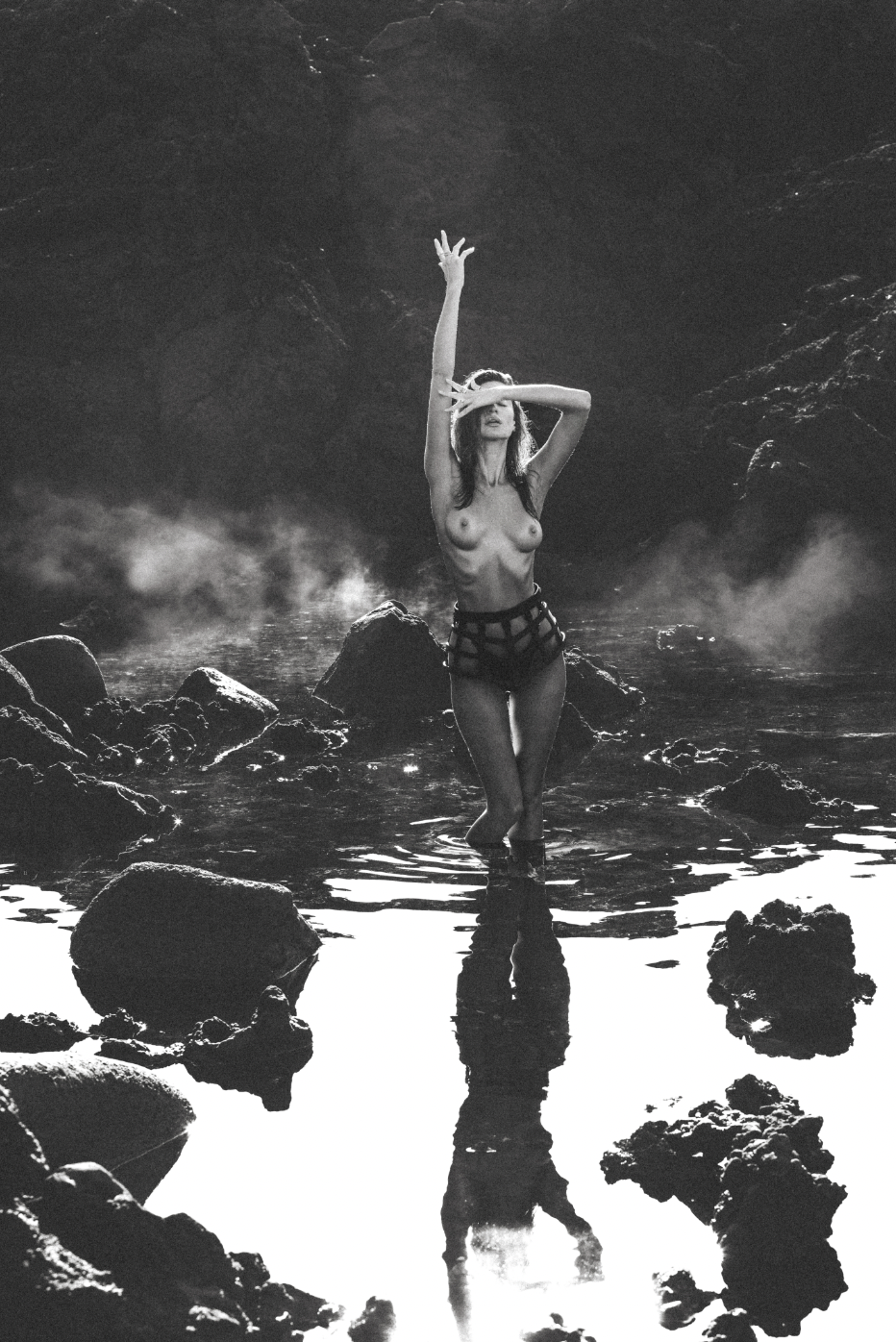
“I think that people are going to view art how they want to view art,” observed Batson. “If that is sexual, it’s okay. We shouldn’t be ashamed of the natural feelings we have inside of us. However, I do think projecting your sexual desires publicly on a piece of art is a little weird. We see a lot of that on Twitter, and I think that makes women feel unsafe and uncomfortable. It’s okay that it’s sexual, but I think that there’s a certain respect that people should have for the female body in any circumstance, whether it’s in real life or about a piece of art. Not degrading her down into just a sexual being.”
This a particularly challenging dynamic to navigate. The artist-audience relationship has always been a back-and-forth exchange, and the gap between artistic intent and reception will likely always be up for debate. Much like Roland Barthes’ literary “death of the author” concept in which he argued for the liberation of written work from authorial intention and control, audiences have the right — and the responsibility — to interpret a work in their own way.
The key difference between applying this approach to literature and nude photography featuring women, however, is that the latter sits at the center of crucial conversations surrounding how patriarchal societies choose to deny or affirm women’s rights. The balance isn’t easy to achieve: creators need to allow for the freedom of artistic interpretation. At the same time, audiences should be able to acknowledge the real-world implications of crude readings of nude artwork.

“When it comes to the human body in general, there’s always going to be some level of sexuality attached to it,” Sadowska conceded. “We’re only human. But there are certain people who see nothing but the visual of the female body. They don’t really get into the lighting or the pose or the meaning behind anything. Which is fine. I think there’s space for everything. In my images, I want my subjects to feel powerful, and to feel like [they’re] in control. Obviously, the women that I take photos of are really attractive and I would like to present their bodies in the most beautiful way. So, I realize there is going to be some sexualizing going on. But I would like to think that people see more than just the physical appearance of my model.”
Conversely, El-Moussa advises both creators and audiences to remember that reflexively tense reactions to sexuality and nudity can be unhelpful to the nude art scene. As she and Nude Yoga Girl continue to guide the development of Nude Neighborhood, El-Moussa tries to keep an open mind on what nude artists are trying to accomplish, even if it borders on the explicitly sexual.
“Our bodies are natural, not offensive. Nudity is our most natural state.”
Nude Yoga Girl
“There’s a fine line between taboo and certain extremes, El-Moussa said of the sexuality discussion. “Where does the line go? I think Nude Yoga Girl and I are really trying to balance that in a way that everyone can feel comfortable, even if the art is extreme. We have a few artists [in Nude Neighborhood] who really toggle the line of sexual art and nude art, but they’re able to back up their ‘why’ and I think that allows collectors and everyone to exhale and see that it’s ok.”
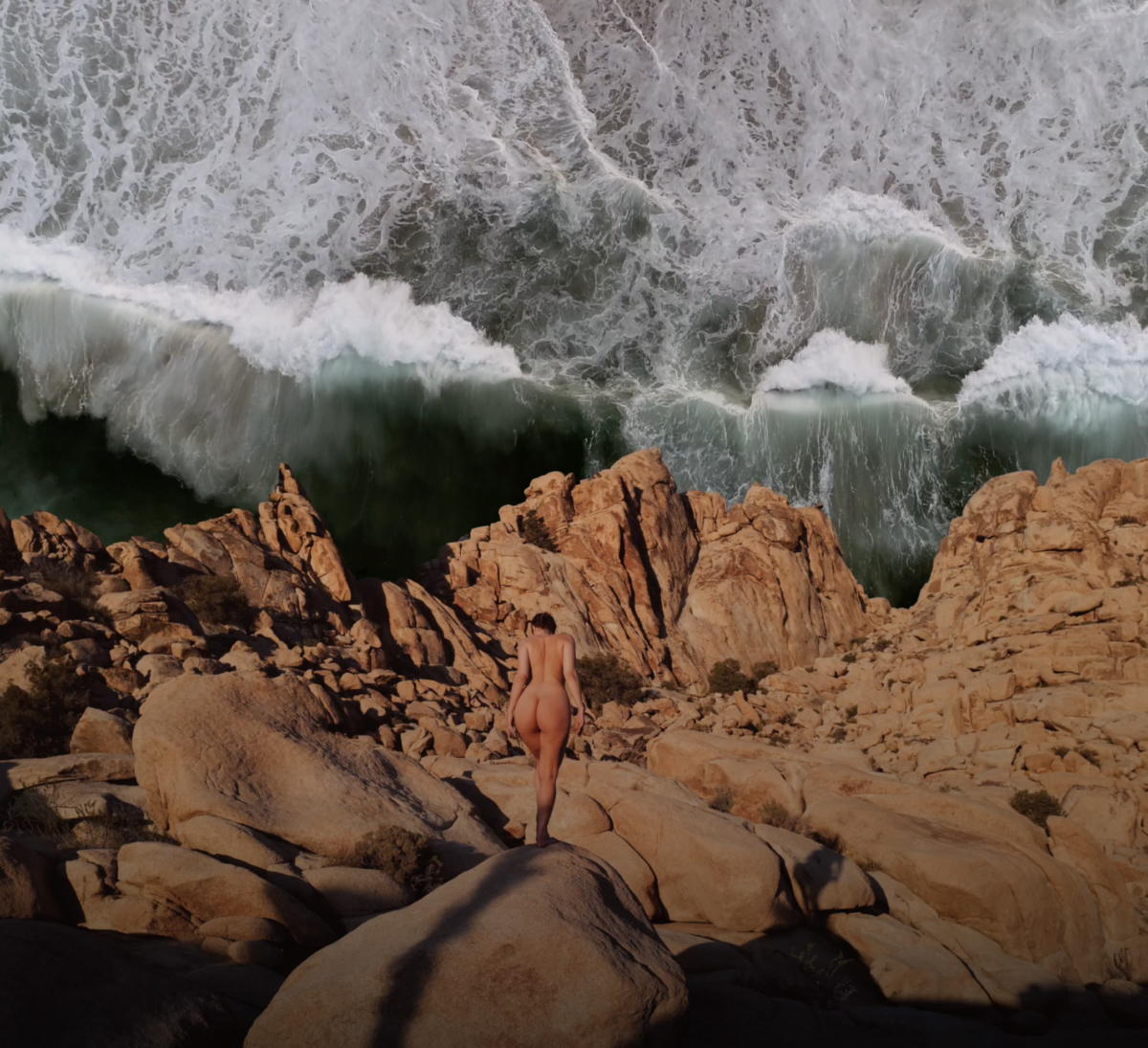
Having started posting her work online in 2015, Nude Yoga Girl noted that the reception to her and others’ work has improved slightly since that time, though it remains deeply uncontroversial to some.
“Nudity divides a lot of people, said Nude Yoga Girl. “I receive criticism now and again. Having a large social media following worldwide can also be challenging in many ways. But I’ve learned to ignore the haters. I stand 100 percent behind what I create, and I’m very happy about it. Our bodies are natural, not offensive. Nudity is our most natural state. You can’t make a difference by trying to please everyone.”
Freeing women’s bodies from centuries-old stigmas and taboos
The greatest contribution the Web3 nude art community continues to make to society is in helping to throw off the shame of women’s physical authenticity. And while the ever-growing community is doing a fantastic job of this, there is room to improve. Extending the inclusivity of its mission to destigmatize women’s bodies to better showcase women of all body types and skin colors will be key to securing its future growth, sustainability, and legitimacy. Normalizing women’s bodies is a noble endeavor and the space needs to make sure that it isn’t too focused on normalizing any one type of body.
“Women still aren’t able to make decisions about their bodies.”
Megan Batson
But when it comes to the issue of sovereignty over one’s physical self, society at large has much work to do to eradicate the hypocrisy that exists toward women. Whether observing the attack on reproductive rights in the U.S. or the struggle of Iranian citizens to throw off the veil of a religious dictatorship centered around controlling what women wear, it’s clear that women’s bodies are still very much a political and cultural battleground. Nude art can help shape the outcomes of those battles. Likewise, NFTs seem uniquely situated to chip away at some of the biases against women in the art world, foster safe online communities, and maximize opportunities for women athletes.
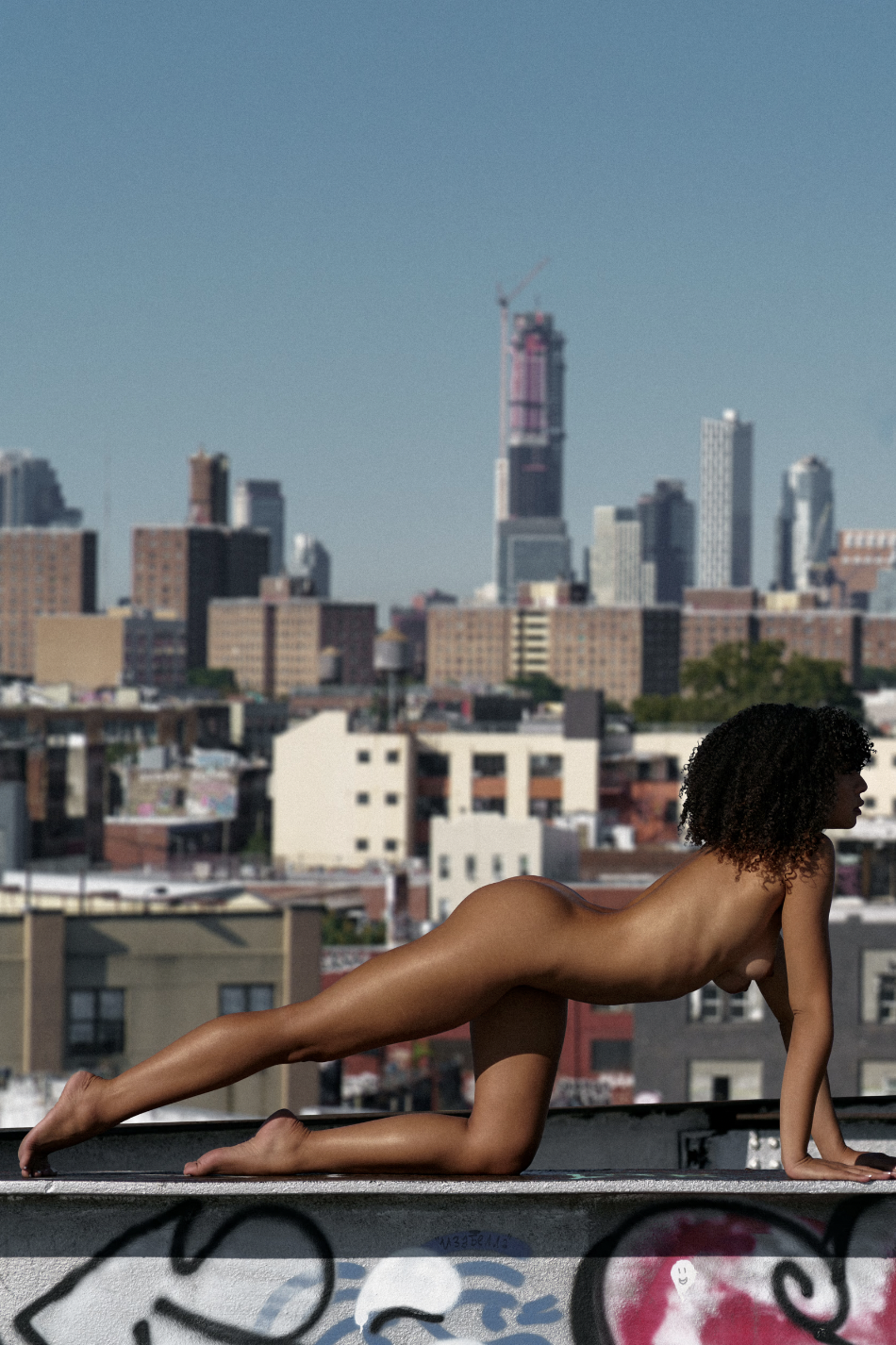
These are all means to the same end — the right for women to lead a free, dignified, and fair existence. Not all ideas are of equal value and confronting the dogmas and traditions that contradict or outright deny women that right, no matter what their origin, is vital. Simply by existing, the nude art that has proliferated through the NFT community in recent months directly challenges an array of outdated traditions and taboos. It forces society to have uncomfortable and healthy conversations about which values we want to uphold and which we want to leave to the dustbins of history.
“I definitely think [these taboos have] to do with how we were brought up in society in general,” Sadowska said. “Especially when religion comes into play. I feel like there’s a lot of shame around sexuality, sex, and nudity.”
“Everybody has a body — why do we put so much shame into it?”
Anita Sadowska
Recounting a recent trip to Big Island in Hawaii in which she visited a nude beach for the first time, Sadowska noted the unbothered and casual nature the people had there. The visit offered her a starkly different view of nudity than that with which she was raised.
“It was awesome to see this community of people who are just naked with their babies,” Sadowska recalled. “There are entire families on the beach just running around. There are older people, there are younger people. Being exposed to nudity in such a positive way takes the stigma away. And even when it came to my own body, I was very aware of how I was dressing and how I looked. And as I grew older, and especially as I started taking photos of nude models, I thought, ‘Why am I ashamed of this?’ Everybody has a body — why do we put so much shame into it?”

That question and its implications have filled countless library rafters in the last 50 years alone. It’s not one that society will put to bed anytime soon. Still, nude art helps remind people that shame makes a poor outfit for any natural body, and that sovereignty over one’s physicality is sacred.
“For centuries, women have been oppressed,” said Batson of the ongoing struggle for women’s equality. “And women still aren’t able to make decisions about their bodies, about how they want to dress, what they want to put out on the internet. Anything that women do, we’re harshly criticized and judged for. The female form is so stigmatized. I think it’s beautiful and a work of art. And I think that the more people that are exposed to that side of things, the less violence and aggression there is in the world.”
The post How Nude Art NFTs Combat Censorship and Destigmatize Women’s Bodies appeared first on nft now.

